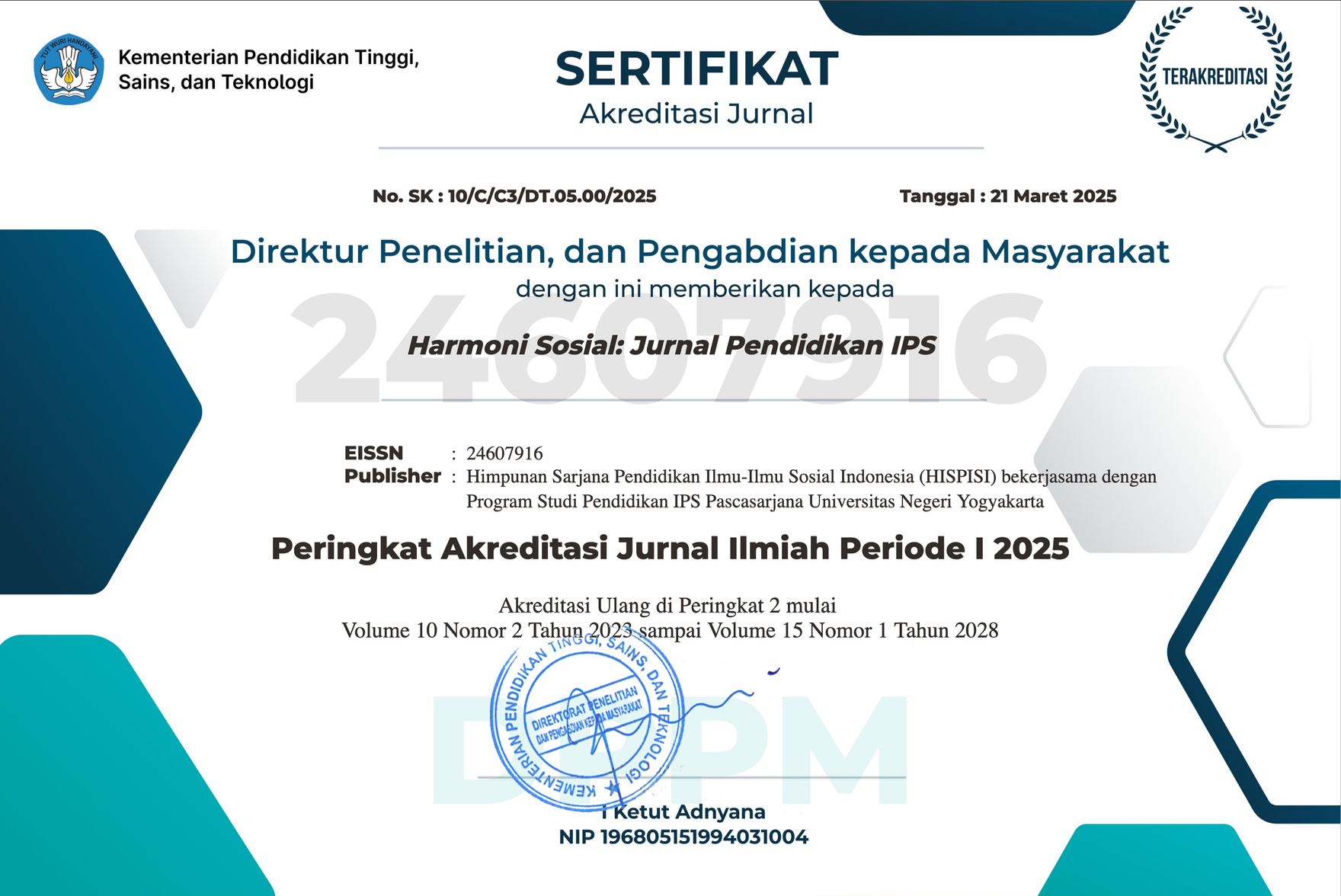Quasi-experimental study of the effect of the snowball-throwing learning model on learning outcomes in social studies subjects
Social studies subjects are often considered boring, saturated, and monotonous. This affects students' learning outcomes, so we need a method that can increase students' interest in learning social studies subjects. This study aims to compare student learning outcomes before the application of the snowball-throwing learning model and after the implementation of the snowball-throwing learning model, as well as its effect on student learning outcomes. The research method used in this study is a quasi-experimental design with no equivalent groups pretest-posttest design. The population in this study were Class VIII students at SMPN 1 Semarang. The random sampling technique (Probability sampling) has been applied in this research. The sample of this study consisted of classes, namely the Experimental and Control classes, which were selected from existing classes. The experimental class was class VIII I, which applied the snowball-throwing learning model, while the control class was class VIII J which applied the conventional learning model. The results of this study are that students' learning outcomes in social studies subjects before implementing the snowball-throwing model tended to be lower. In contrast, students' learning outcomes became higher after the snowball-throwing model's implementation. The conclusion is that the snowball-throwing learning model has an effect and can improve the learning outcomes of class VIII students in social studies subjects.
Downloads
The Authors submitting a manuscript do so on the understanding that if accepted for publication, copyright publishing of the article shall be assigned to Harmoni Sosial: Jurnal Pendidikan IPS
 | Harmoni Sosial: Jurnal Pendidikan IPS by http://journal.uny.ac.id/index.php/hsjpi is licensed under a Creative Commons Attribution-ShareAlike 4.0 International License. |









 ISSN Print
ISSN Print









